| How to Define a Healthy Gut? |
|
The principal components of gut health, namely diet, effective structure and function of the GIT barrier and normal and stable microbiota, with effective digestion and absorption of feed and effective imnue status . In summary, it is the balance of nutrition, microbiota and immunity. Here’s why that matters and what you can do to improve it.  Celi, P. Cowieson, A.J. etc.December 2017 Nutrition Over the last few decades, improved understanding in digestive physiology and dietary requirements of farmed animals has led to significant gains in productive performance. The scientific feed formula can meet the normal growth and development needs of livestock and poultry because of the comprehensive and balanced nutrition. Microbiota The microbes in animals are very diverse and numerous. Intestinal flora is the ecosystem formed by microorganisms and their hosts in the common historical evolution process, which is beneficial, necessary and indispensable to animals. However, while bacterial diversity in general, and the presence of specific groups of bacteria have been associated with health benefits, it remains very challenging to define dysbacteriosis why the exact composition of the GIT microbiome and the factors that contribute to its development are still largely unknown. Therefore, the scientific community is still not in a position to state with absolute certainty what an “ideal” microbiota is. Immunity The gut also functions as an immune barrier, and is the largest immune system in the body. The gut needs to resist the invasion of pathogens, including the host pathogens in the gut and external pathogens entering the gut.
Intestinal innate immunity, is a kind of non-specific immune response, which is the long-term evolution and innate ability of the body to resist the invasion and elimination of pathogenic microorganisms. It is the first line of defense of the body, and also the basis for initiating adaptive immunity. Intestinal innate immunity consists of immune cells and immune molecules.
The intestinal adaptive immune system is a specific immune system developed after the innate immune system, and the corresponding immune cells are mainly composed of intestinal related lymphoid tissue, cells and immune molecules.
In our opinion, a heath gut should be in homeostasis state. The gut not only absorbs the necessary nutrients for the body to maintain normal life activities, it is also an animal immune organ, and nearly 80% of antibodies come from the gut. A good gut is like a plant with strong roots.
Reference 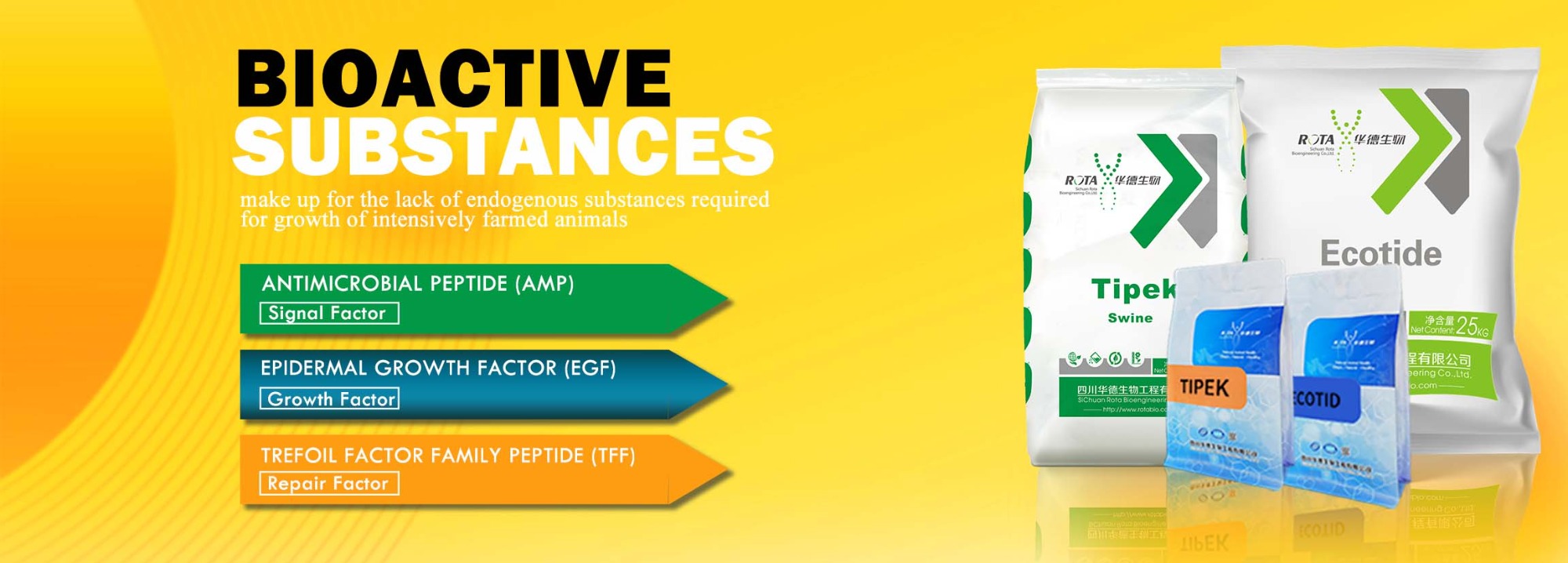 |
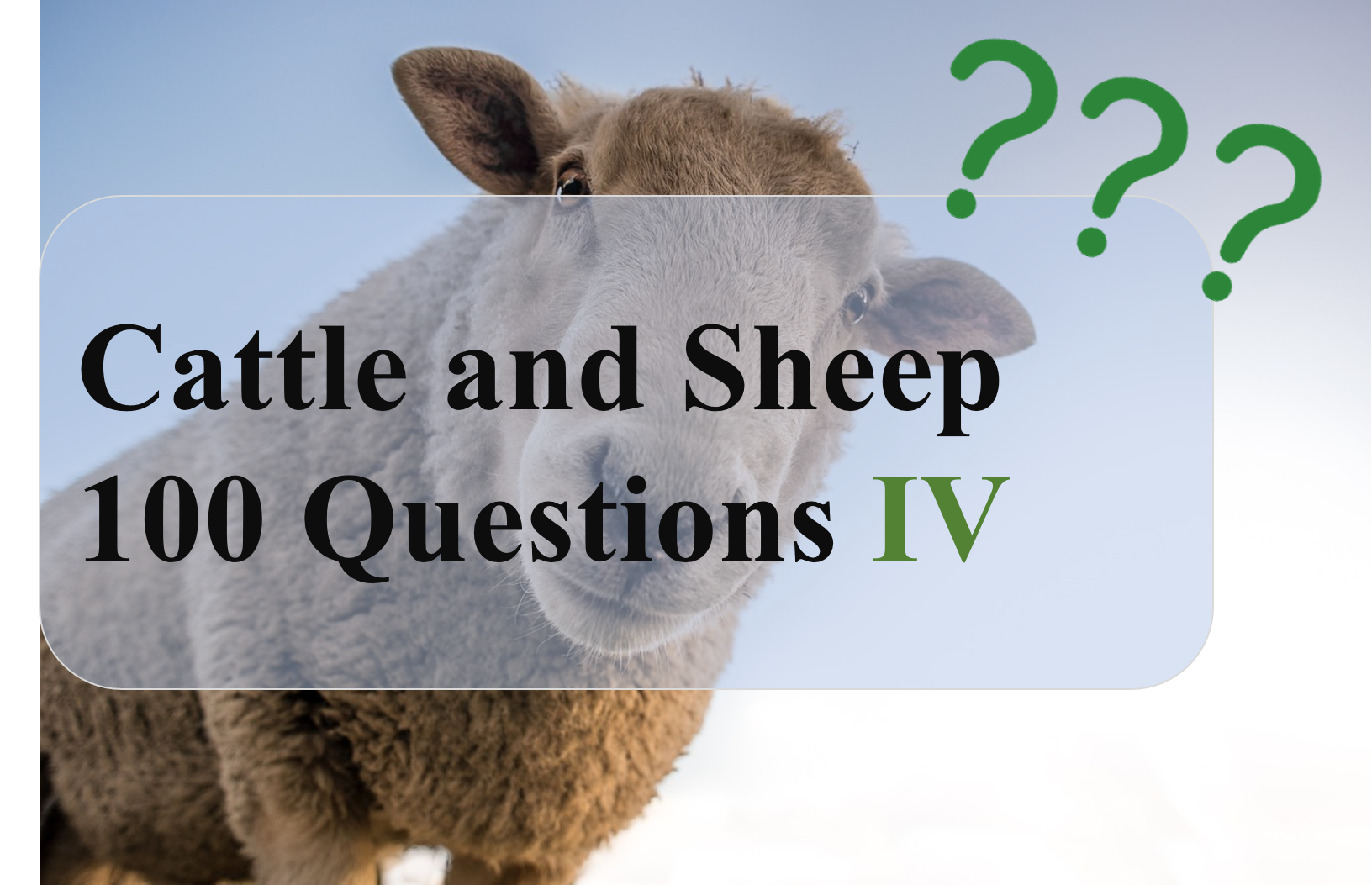 Cattle and Sheep 100 Questions Ⅳ
Cattle and Sheep 100 Questions Ⅳ
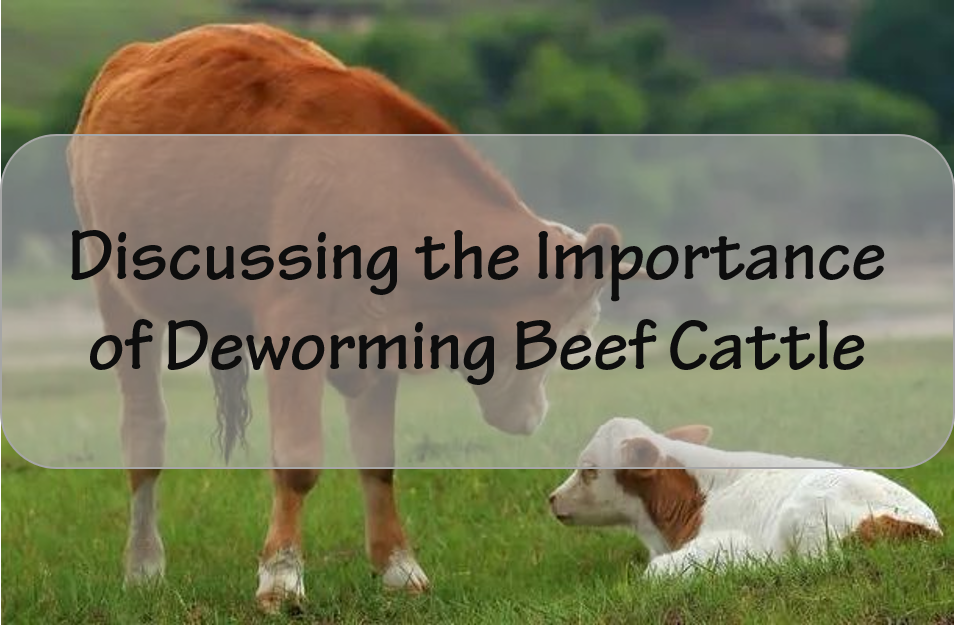 Discussing the Importance of Deworming Beef Cattle
Discussing the Importance of Deworming Beef Cattle
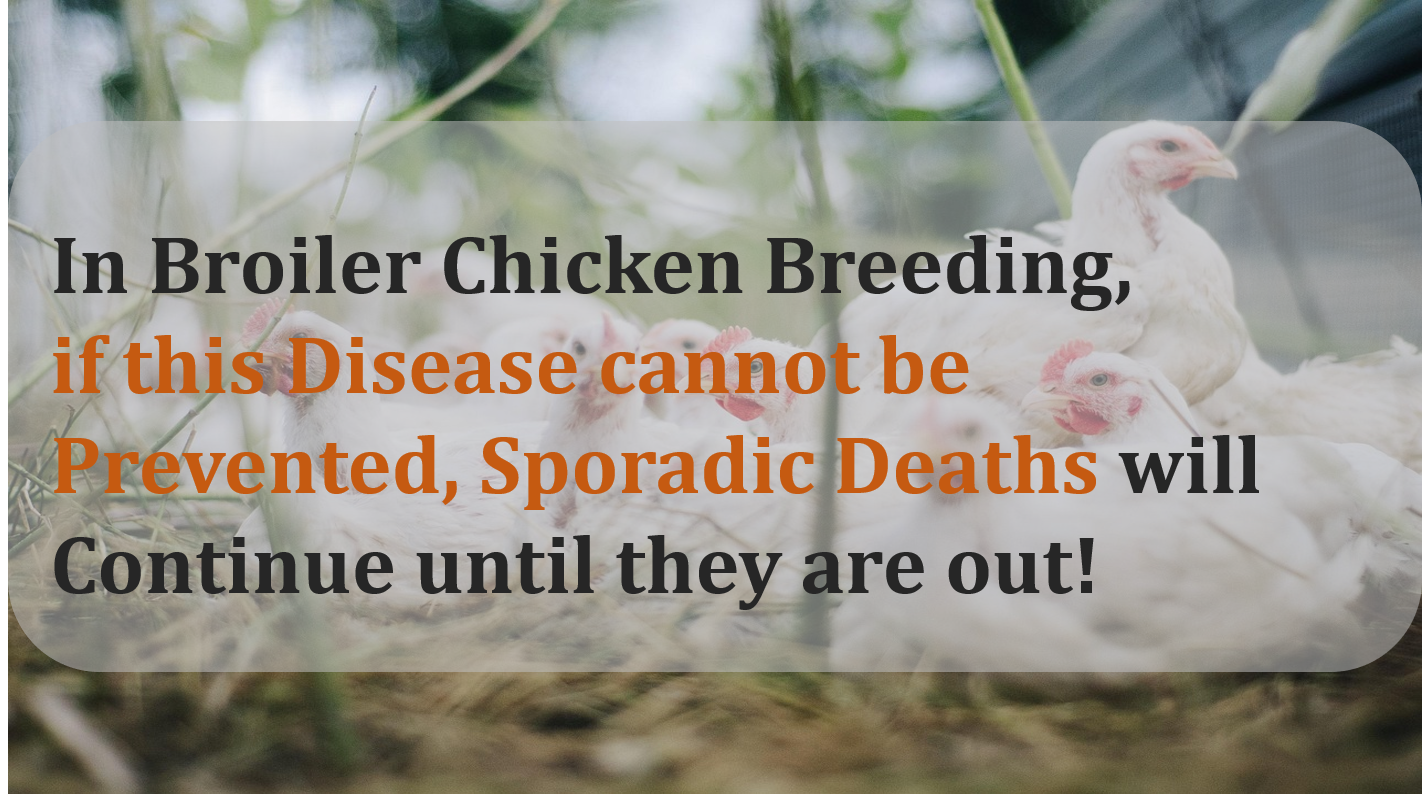 In broiler chicken breeding, if this disease cannot be prevented, sporadic deaths will continue until they are out!
In broiler chicken breeding, if this disease cannot be prevented, sporadic deaths will continue until they are out!
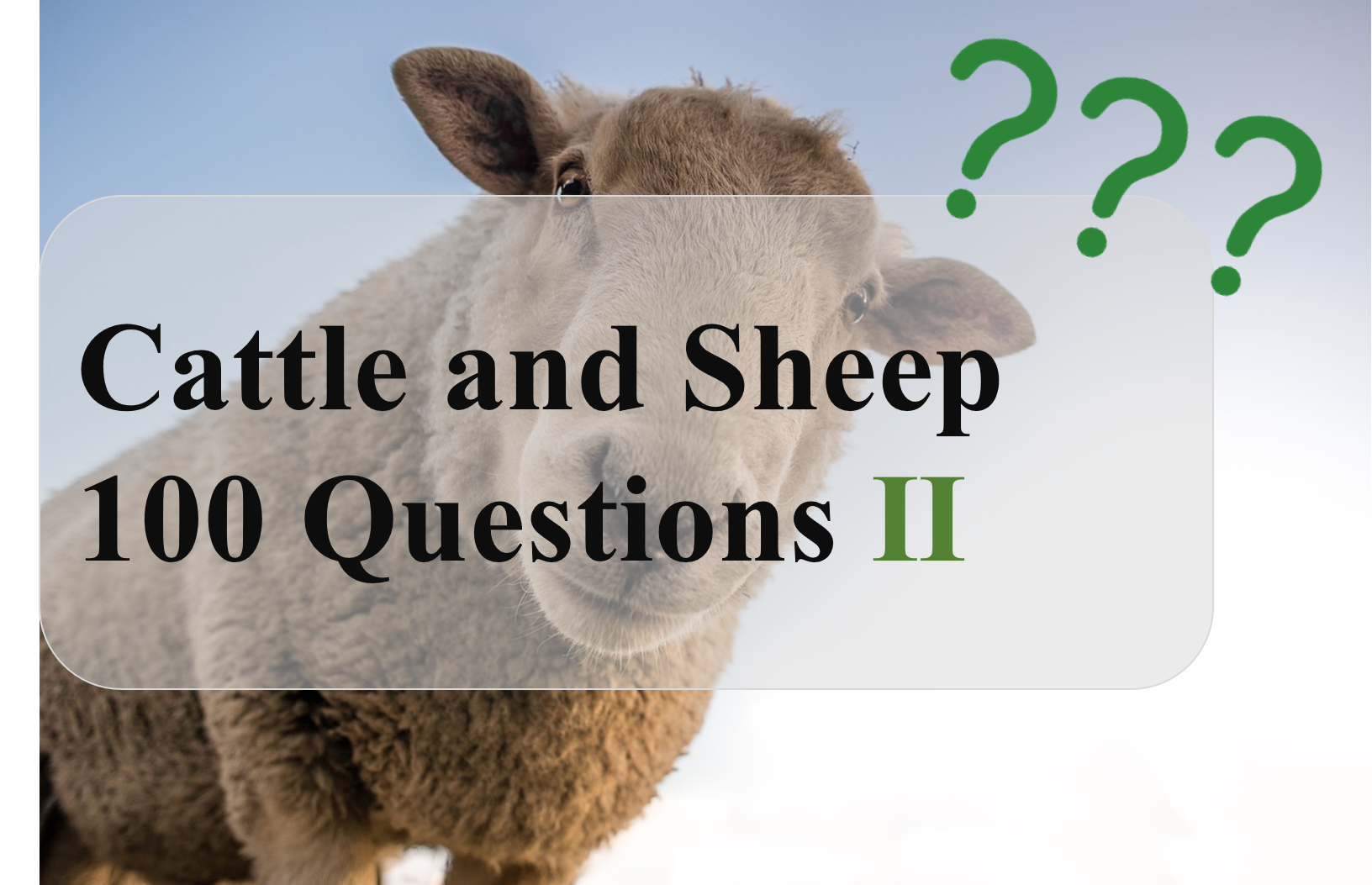 Cattle and Sheep 100 Questions Ⅱ
Cattle and Sheep 100 Questions Ⅱ